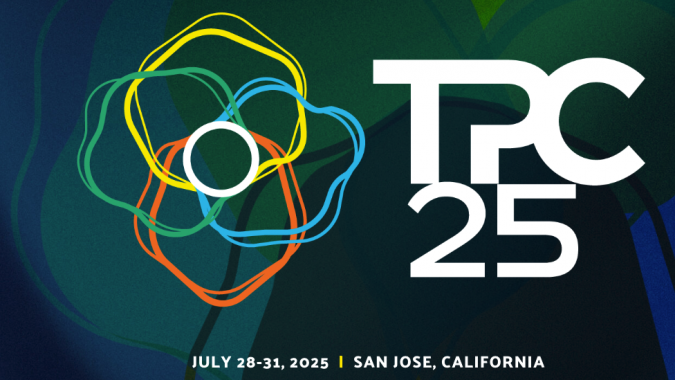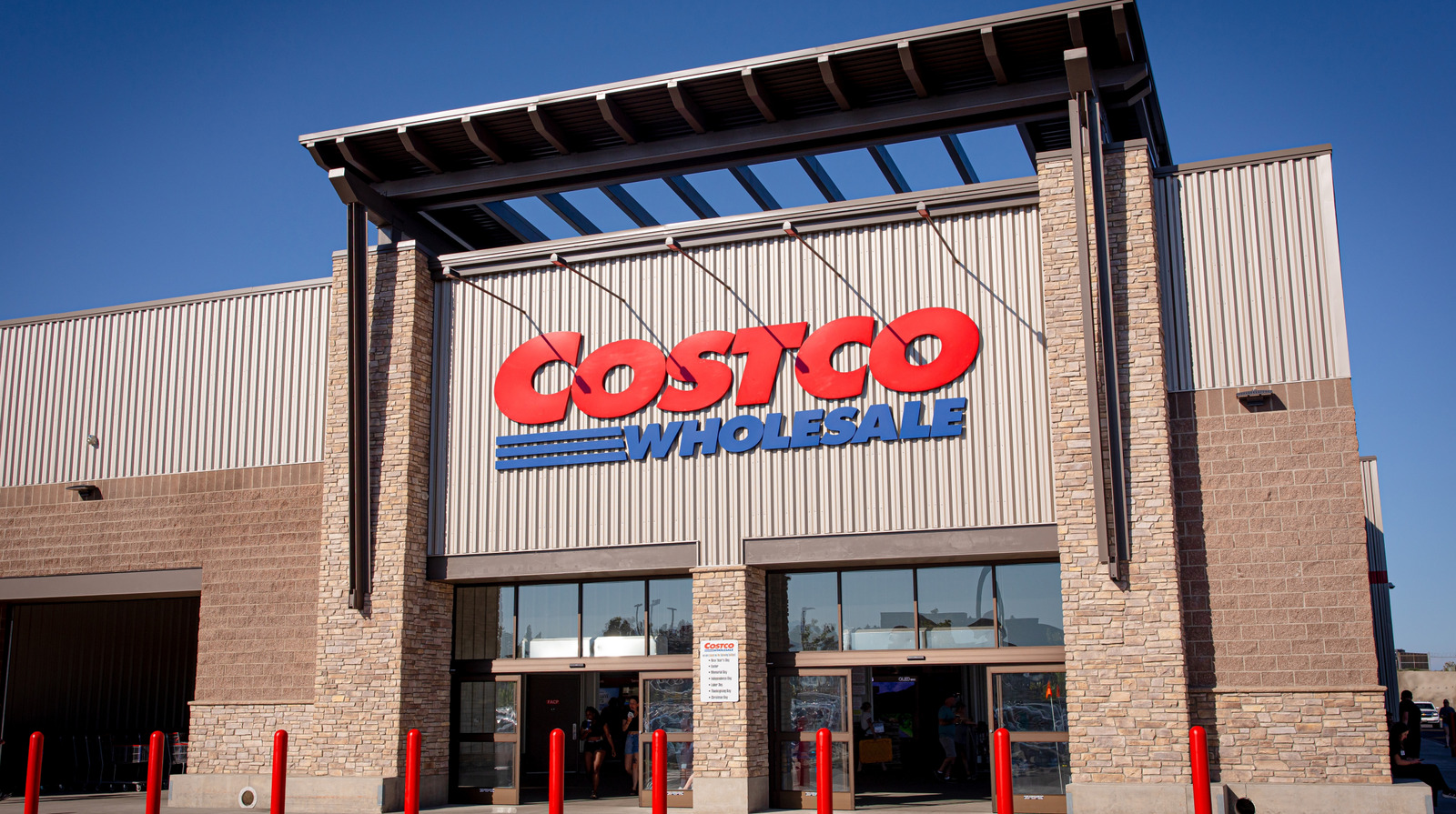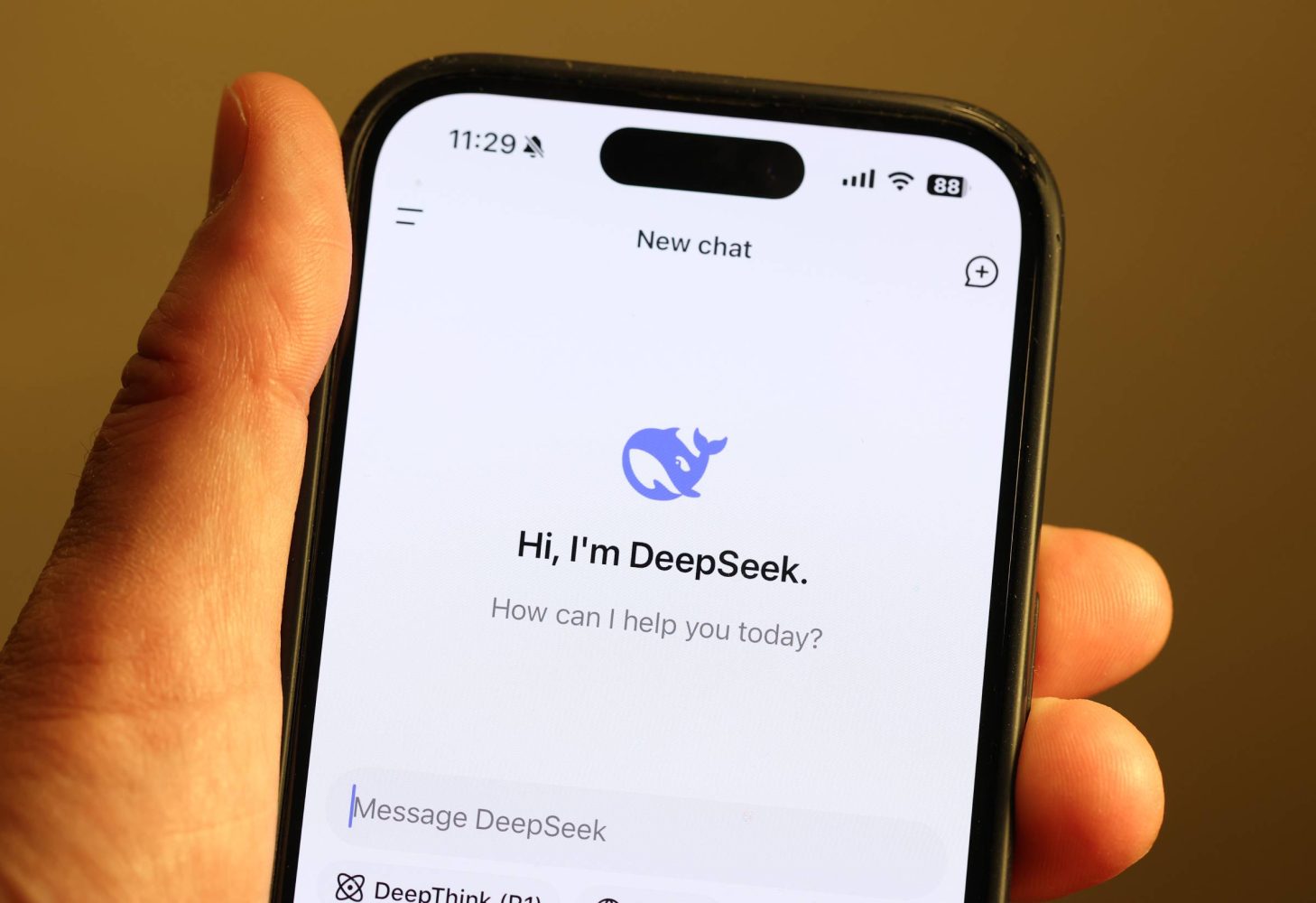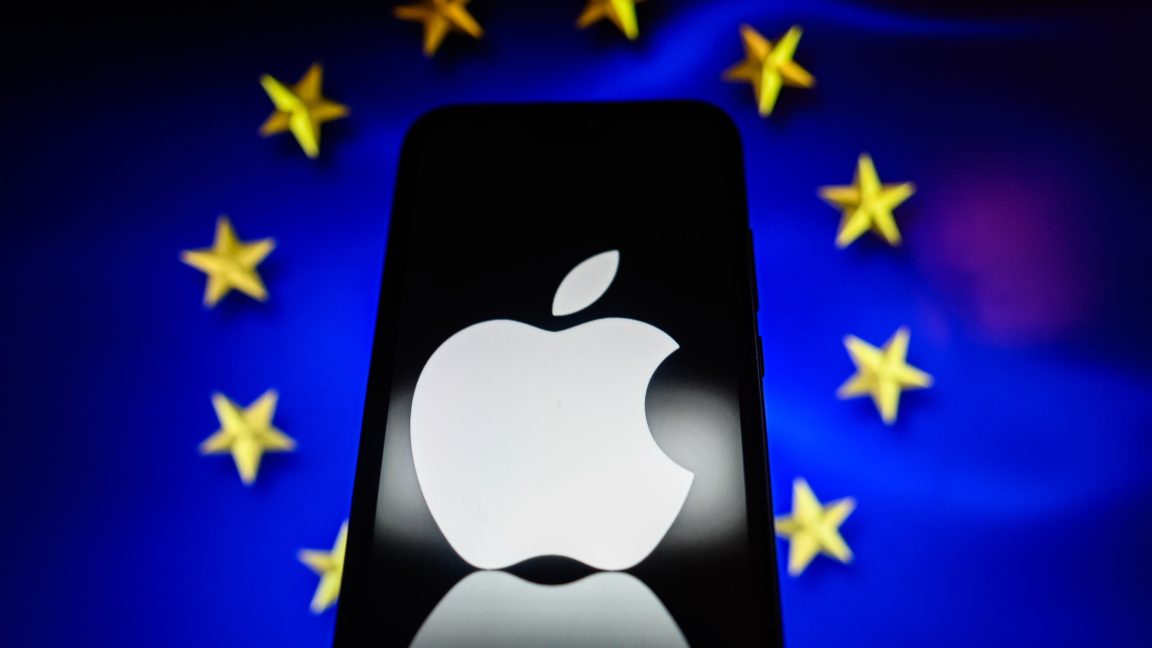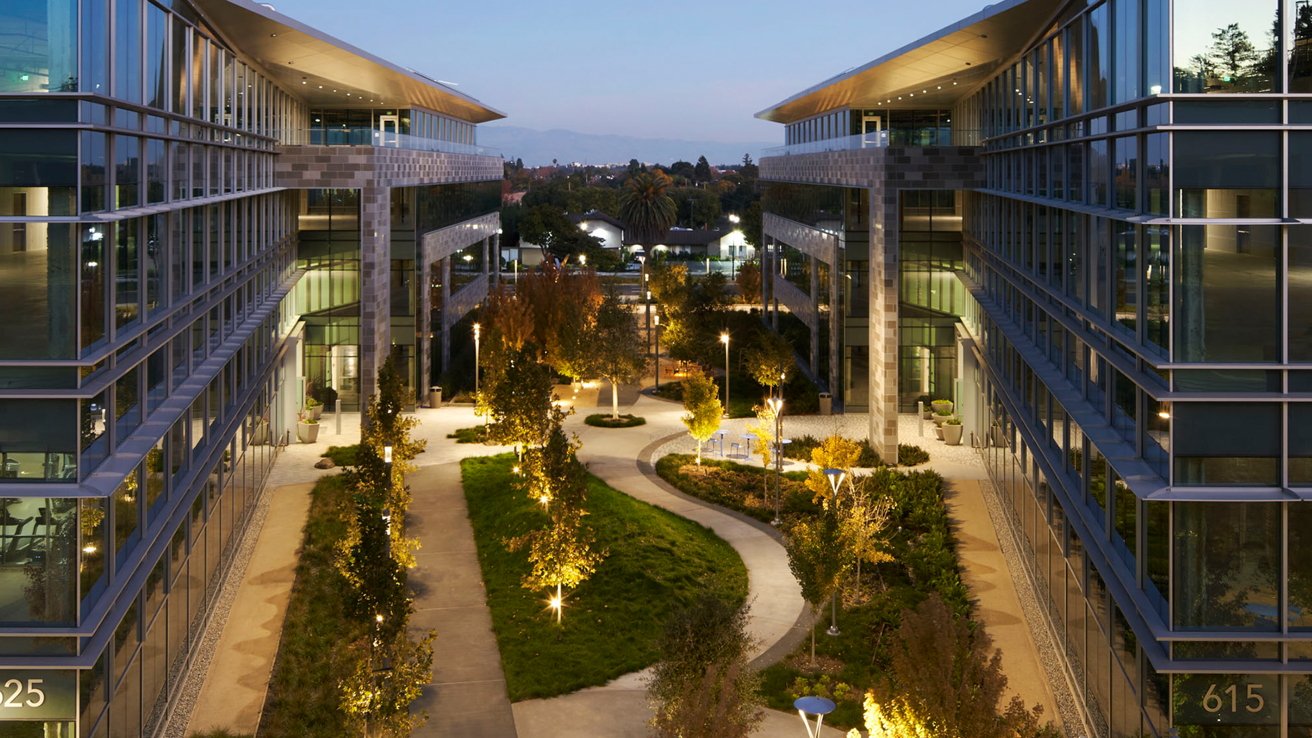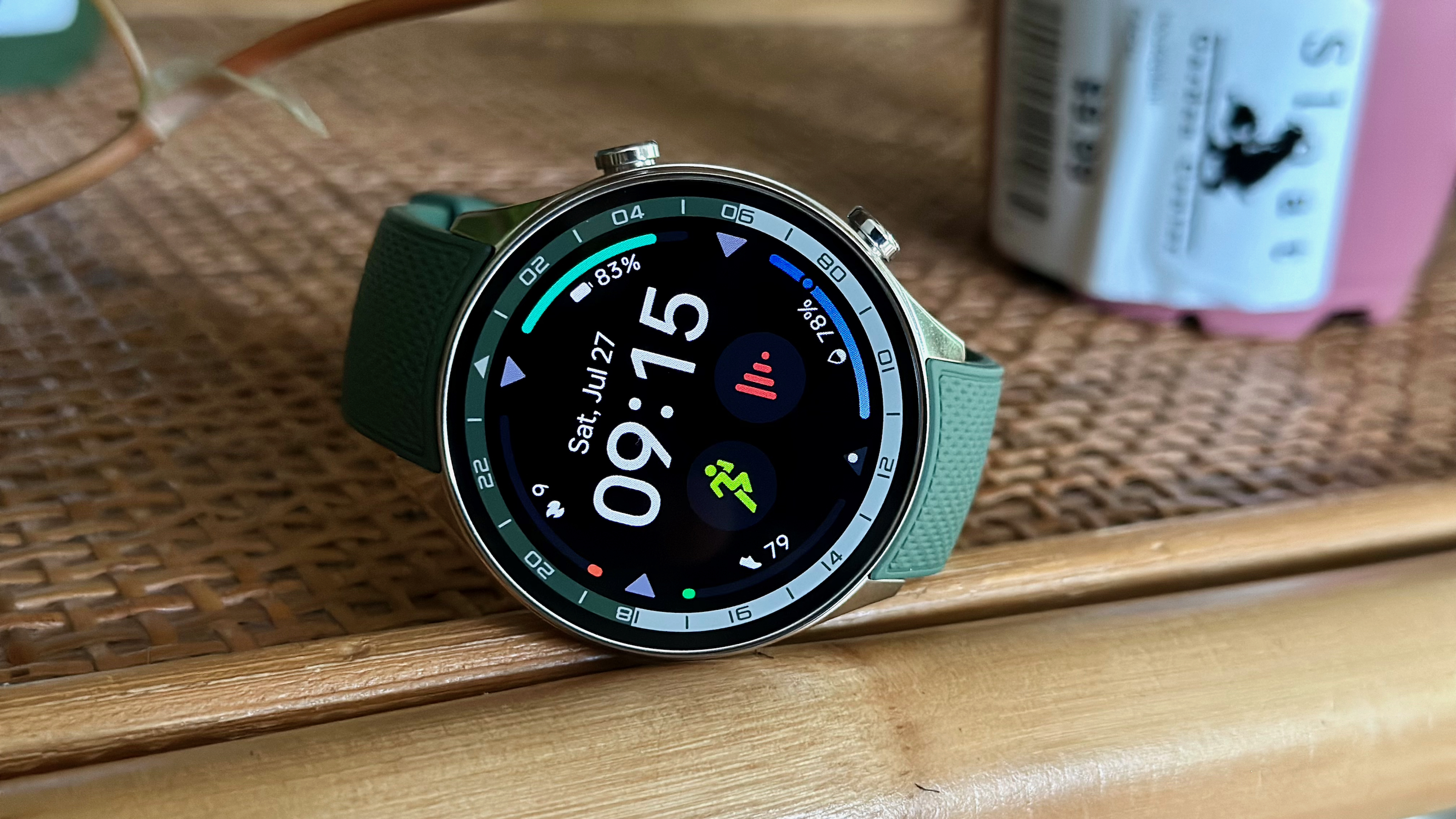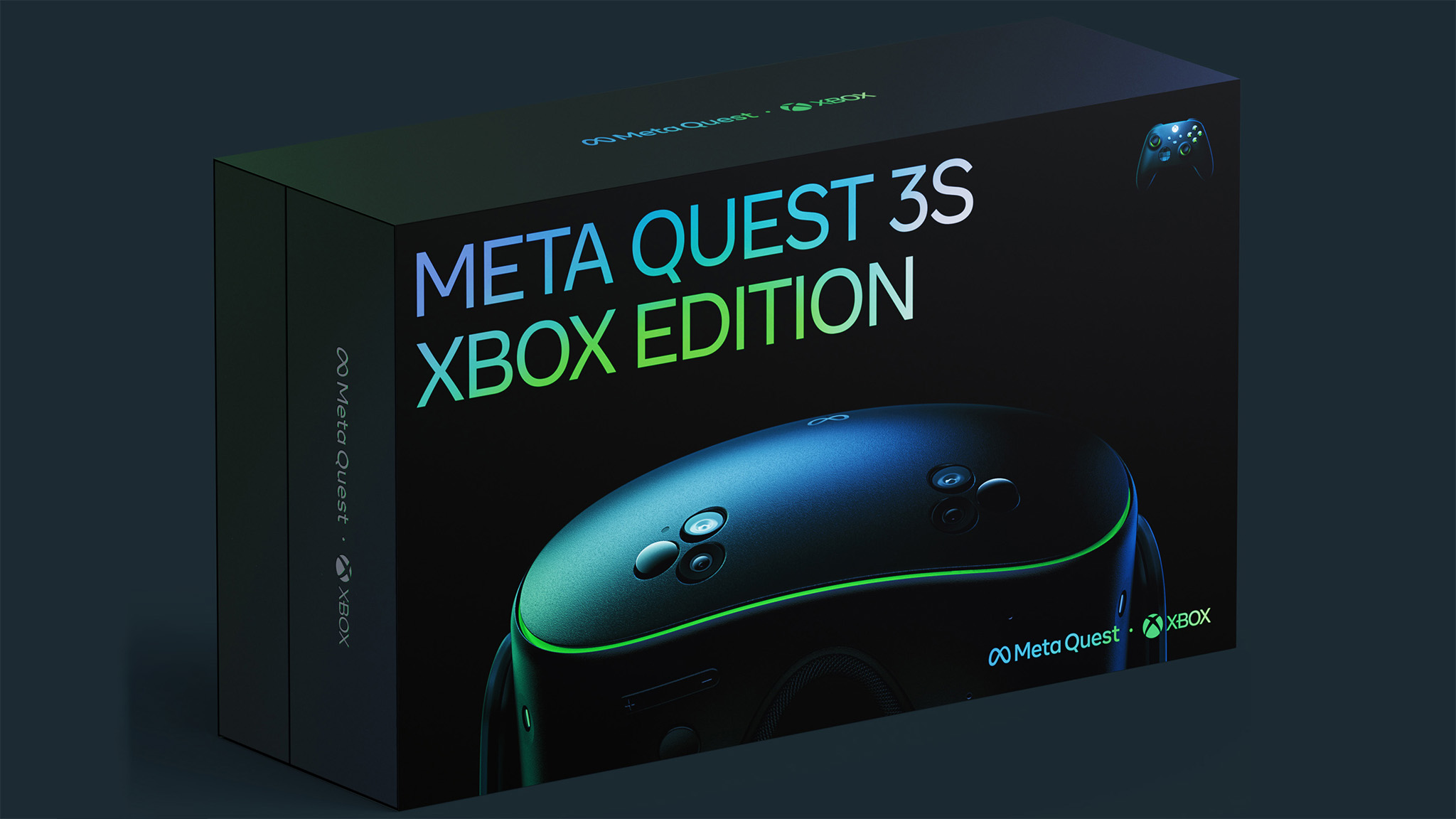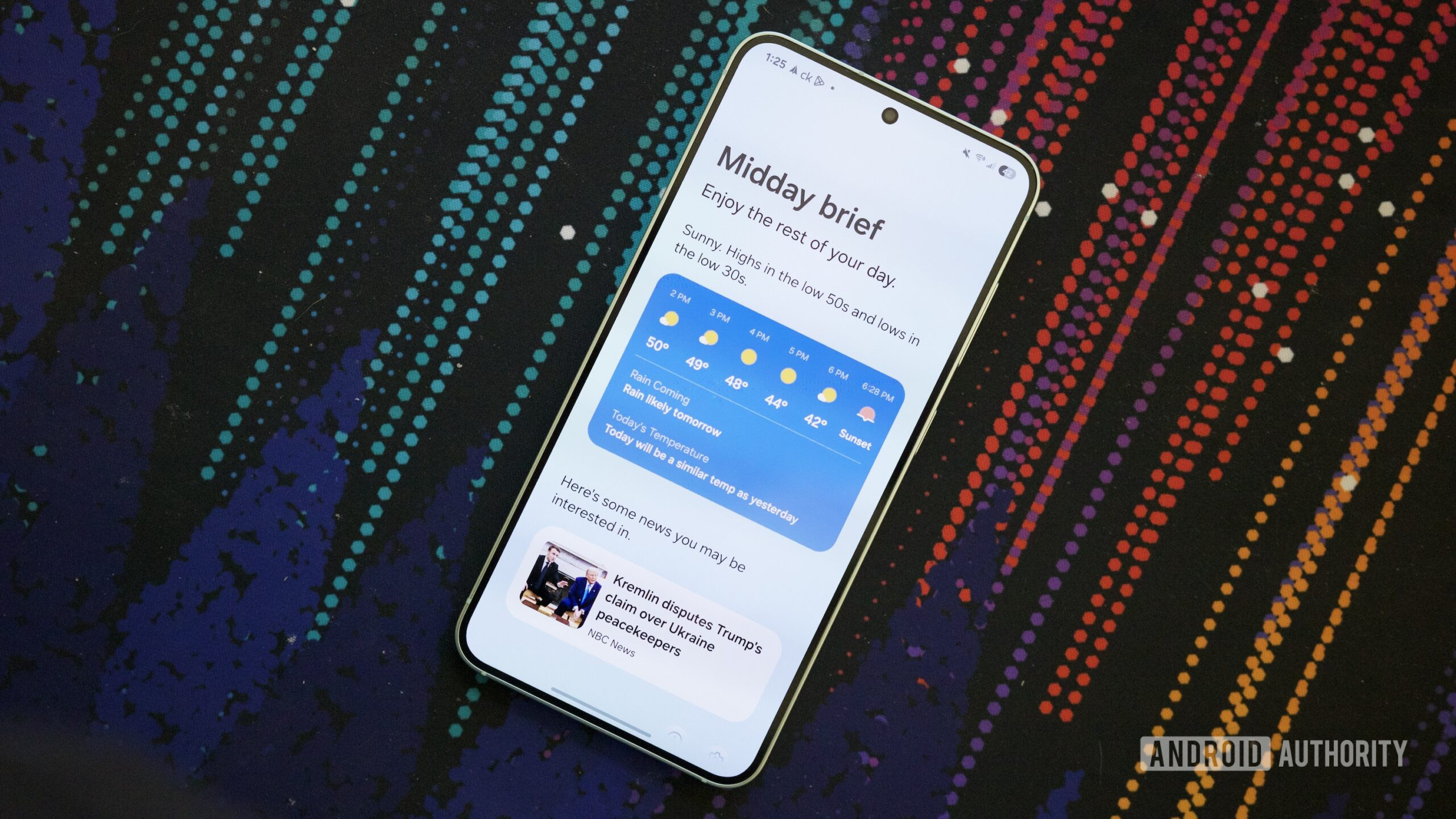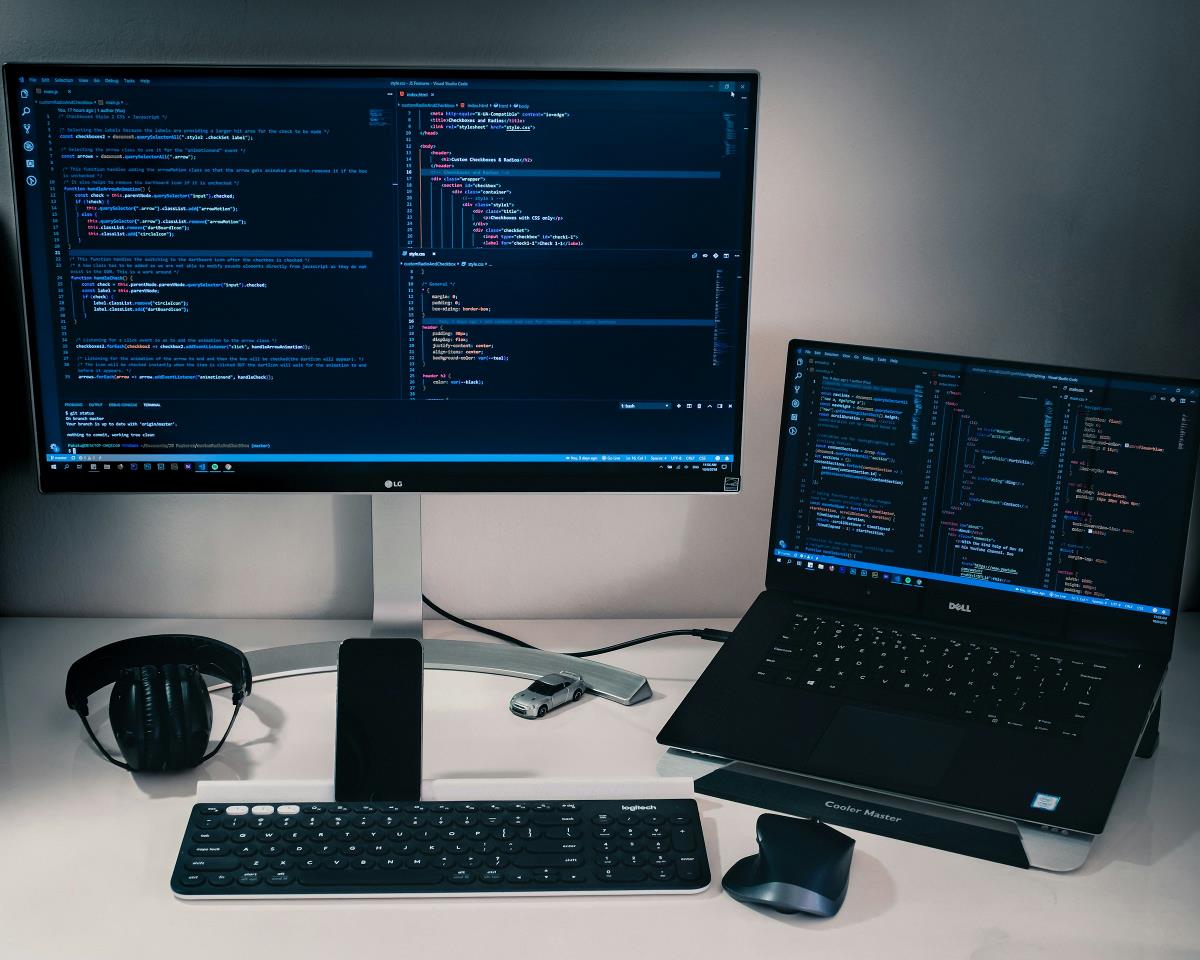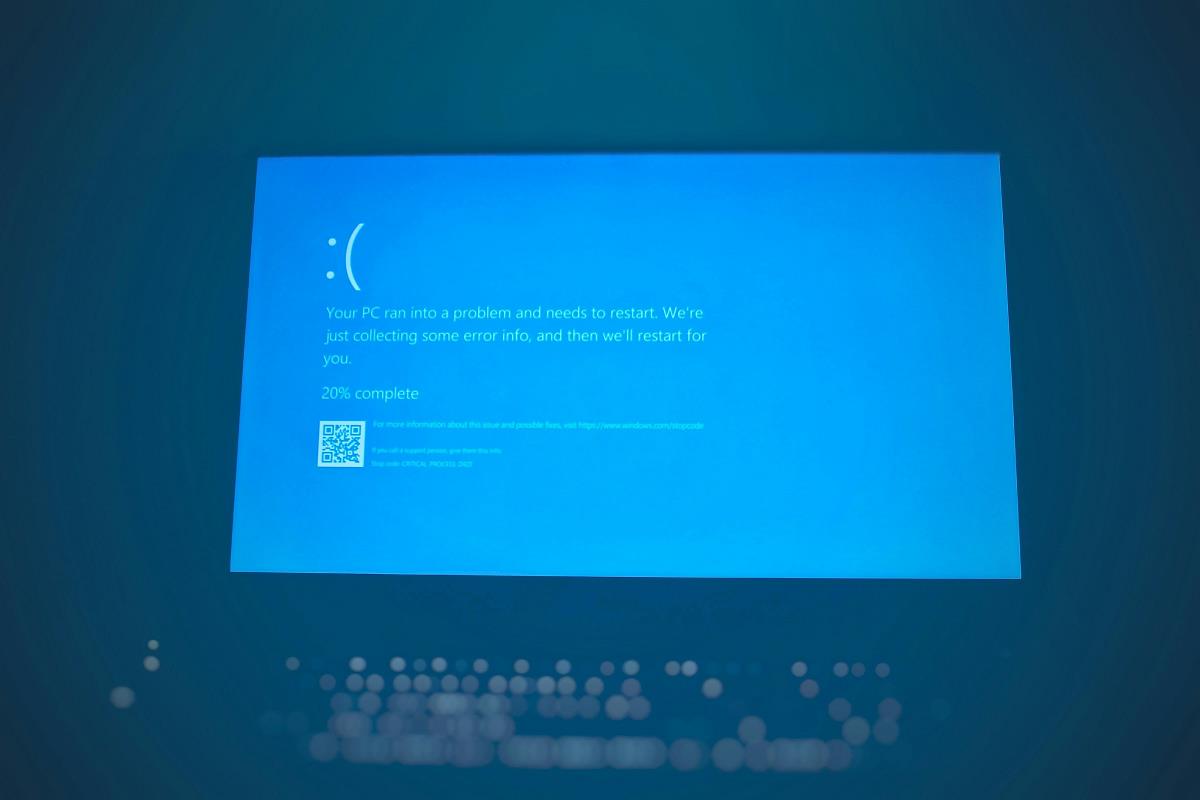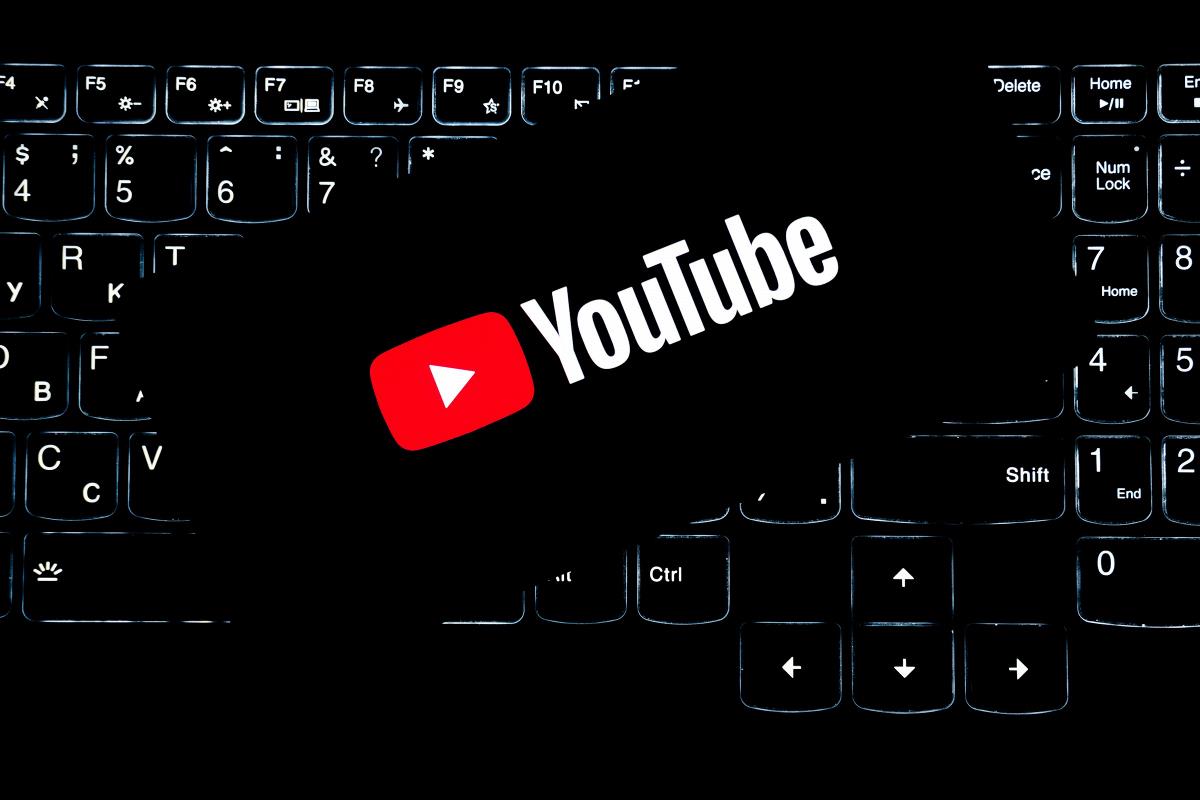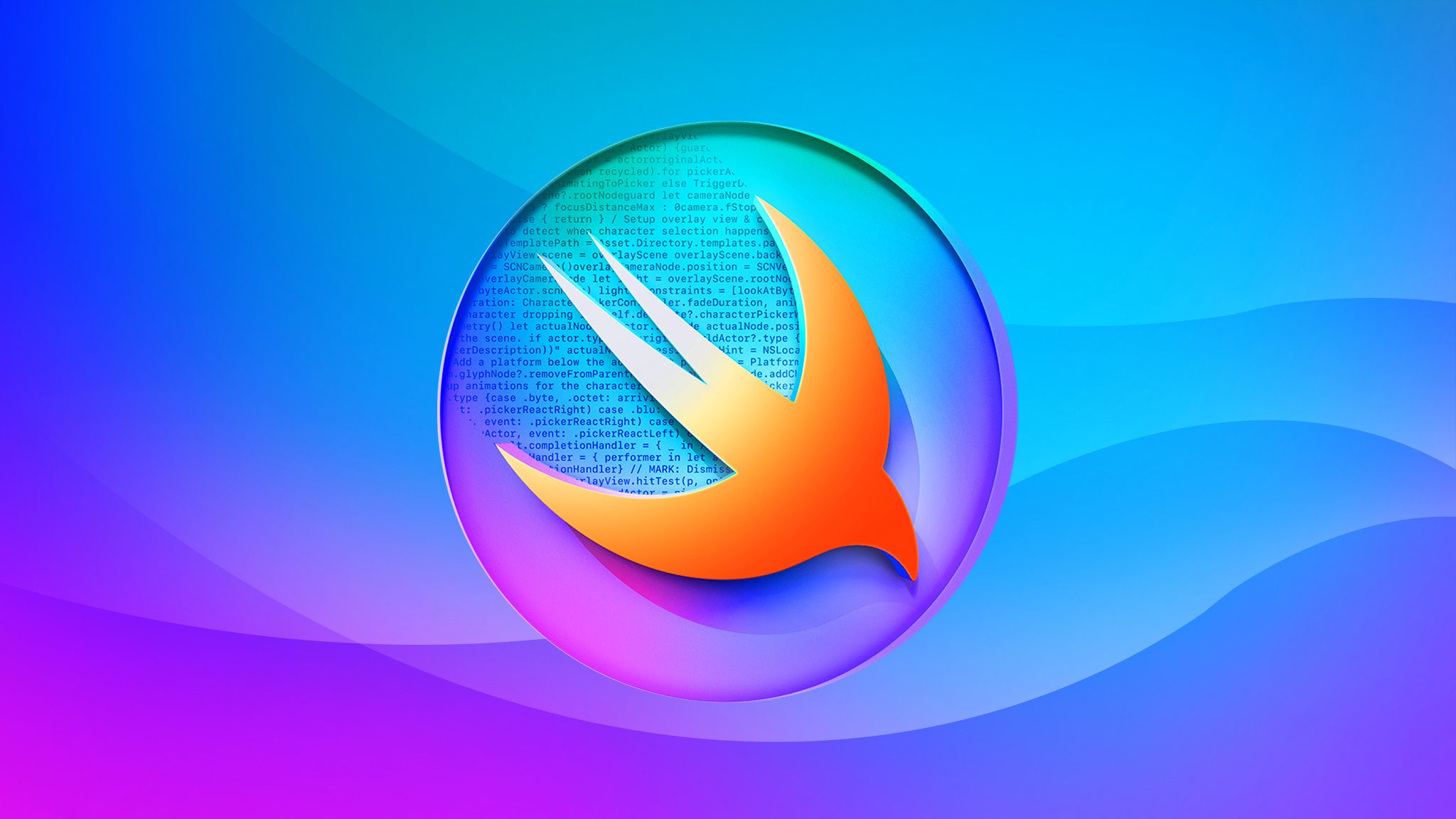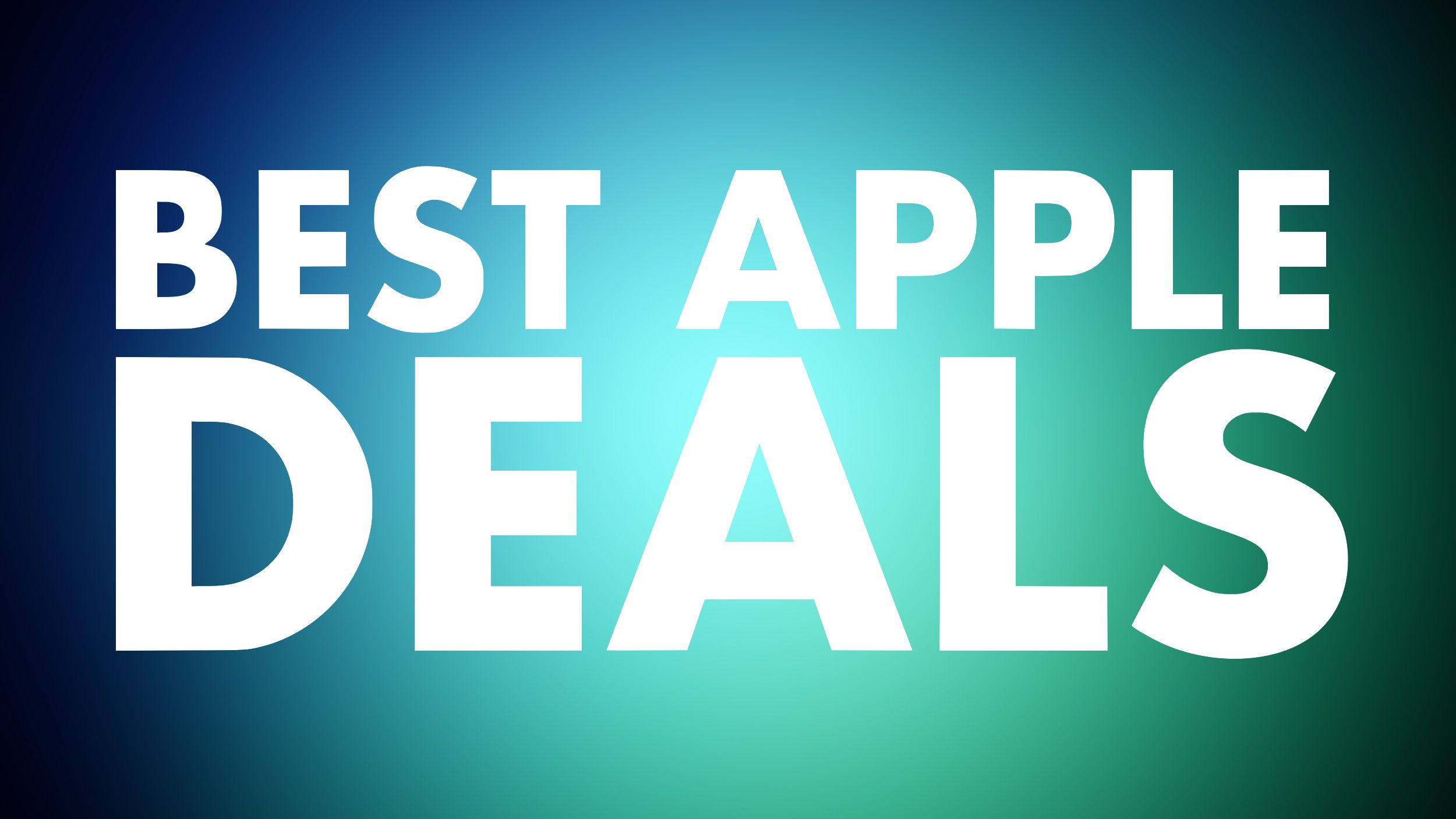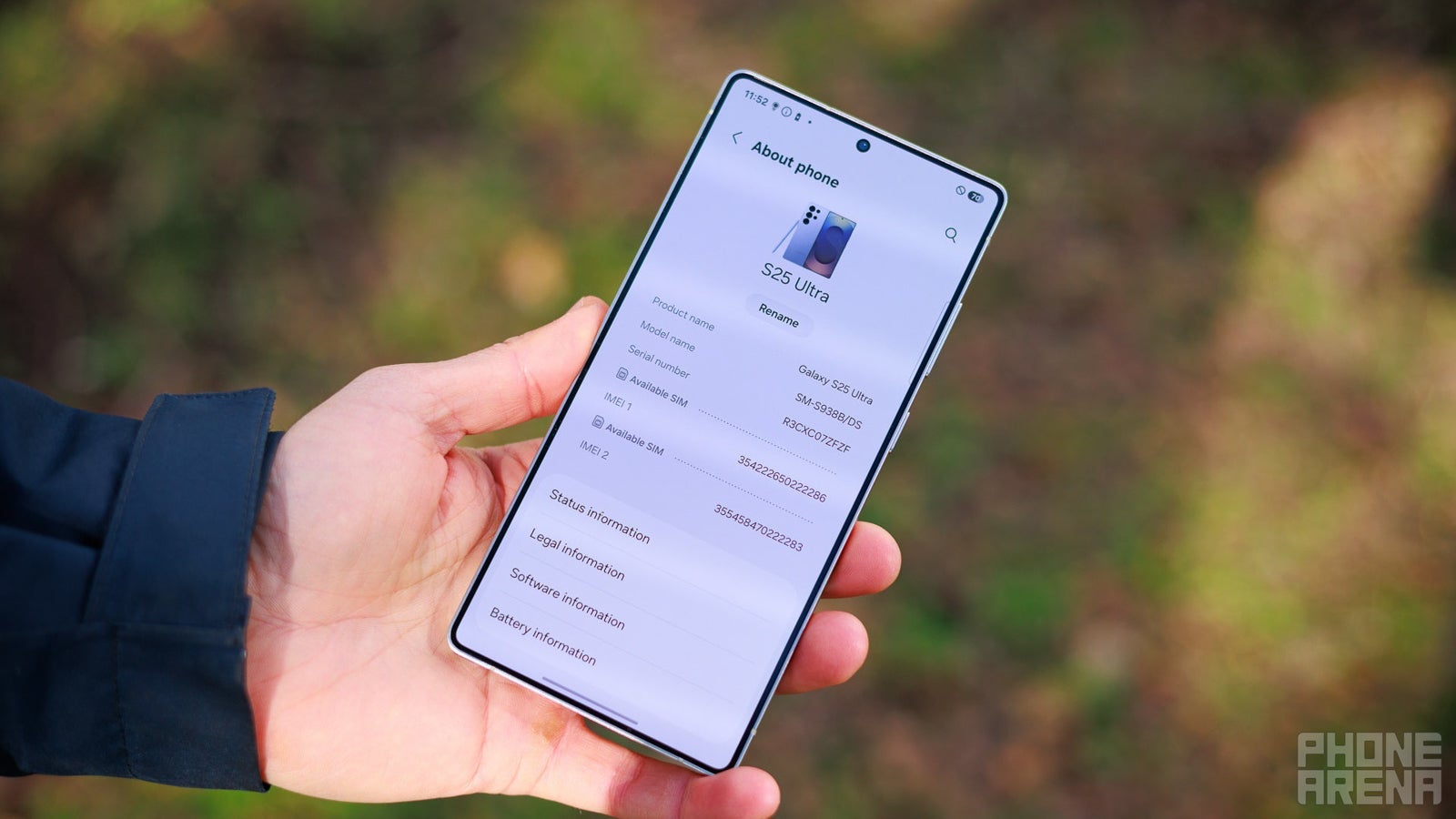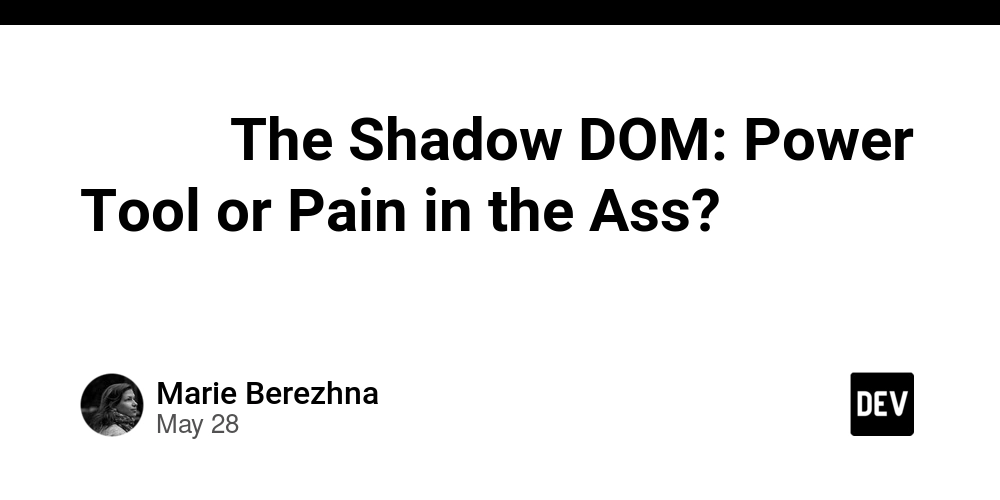Unveiling CDDL 1.1: A Deep Dive into Open Source Licensing, Developer Compensation, and Fair Code Practices
Abstract: This post explores the Common Development and Distribution License (CDDL) 1.1. We review its history, core features, applications, challenges, and future outlook. With a detailed comparison to alternative licenses and blockchain-based innovations like the License Token (OCTL) models, we explain how CDDL 1.1 impacts developer compensation and fair code practices. Using clear short sentences and illustrative tables and bullet lists, we deliver an accessible yet technical overview for developers, legal professionals, and technology enthusiasts interested in open source funding, dual licensing, and blockchain integration. Introduction Open source software development benefits from licenses that protect developer contributions while promoting collaboration. The Common Development and Distribution License (CDDL) 1.1 is a prime example of such a framework. In this post, we provide an engaging and technical analysis of CDDL 1.1. We cover its background, core concepts, applications, associated challenges, and emerging trends. Additionally, we compare it with innovative blockchain licensing models and funding strategies. If you enjoyed the Original Article on CDDL 1.1, then join us as we explore its wider implications in the evolving open source ecosystem. Background and Context CDDL 1.1 was designed to provide legal clarity while ensuring that developers maintain ownership and fair compensation for their contributions. Stemming from the era of early open source frameworks (from engines like the MIT License to the rigorous Apache License 2.0), CDDL attempts to balance permissiveness with a set of safeguarding clauses that protect intellectual property. Key Historical Points: Origins: Developed by community experts influenced by earlier frameworks such as the BSD 3-Clause and GNU GPL, CDDL was designed to prevent corporate overreach while promoting transparency in code distribution. Community Focus: It emerged as a collective endeavor driven by diverse developers who voiced concerns over exploitation and opaque compensation models. Legal Robustness: The license’s framework has been built to withstand legal scrutiny and has been adopted by high-profile projects such as certain components of the Apache HTTP Server. Alongside legal robustness, many developers now look for licensing solutions that incorporate modern elements such as blockchain technology to enable token-based compensation. Growing trends in open source funding and fair code initiatives have led to the development of alternative licensing strategies—like those driven by License Token innovations—to complement established licenses like CDDL 1.1. Core Concepts and Features CDDL 1.1 is characterized by several core concepts which make it distinctive among open source licenses. These include: 1. Legal Clarity and Protection Attribution and Redistribution: The license clearly outlines how derivative works should retain the original licensing information. Safeguards Against Exploitation: Protection mechanisms ensure that contributors’ code is not misappropriated for commercial gain without proper credit or compensation. Dual Licensing Support: Though legally complex, it permits projects to engage in dual licensing. This means a project may release an open source version for community collaboration and a commercial version for revenue generation. 2. Community-Centric Philosophy Fair Code Practices: The license reinforces principles of fair code practices where developers are assured that contributions remain protected. Transparency: The open framework and iterative feedback from the community make the licensing process transparent. Developers are kept informed via platforms like Stack Overflow Q&A and Hacker News Discussions. 3. Innovation and Flexibility Modification Flexibility: Developers can modify and improve their software under well-defined rules. Interoperability Concerns: While CDDL offers many freedoms, it is sometimes critiqued for being legally ambiguous, especially in the context of integrating with more permissive licenses like those of the MIT License. Table: Key Features & Comparisons Feature CDDL 1.1 MIT License Apache 2.0 License Legal Protection Detailed clauses to safeguard original contributions Minimal legal text; simple attribution Robust with clear patent clauses Modification & Redistribution Requires derivative works to maintain original terms Highly permissive; few restrictions Permissive with requirements for attribution Dual Licensing Support Supports dual licensing, though legally complex Supports dual licensing, simple to implement Supports dual licensing with strong commercial models Compensation Mechanisms Donation-based; risks of exploitation without proper CLAs No explicit compensation No explicit mechanism; relies on attribution & voluntary funding Bullet List: Core Benef

Abstract:
This post explores the Common Development and Distribution License (CDDL) 1.1. We review its history, core features, applications, challenges, and future outlook. With a detailed comparison to alternative licenses and blockchain-based innovations like the License Token (OCTL) models, we explain how CDDL 1.1 impacts developer compensation and fair code practices. Using clear short sentences and illustrative tables and bullet lists, we deliver an accessible yet technical overview for developers, legal professionals, and technology enthusiasts interested in open source funding, dual licensing, and blockchain integration.
Introduction
Open source software development benefits from licenses that protect developer contributions while promoting collaboration. The Common Development and Distribution License (CDDL) 1.1 is a prime example of such a framework. In this post, we provide an engaging and technical analysis of CDDL 1.1. We cover its background, core concepts, applications, associated challenges, and emerging trends. Additionally, we compare it with innovative blockchain licensing models and funding strategies. If you enjoyed the Original Article on CDDL 1.1, then join us as we explore its wider implications in the evolving open source ecosystem.
Background and Context
CDDL 1.1 was designed to provide legal clarity while ensuring that developers maintain ownership and fair compensation for their contributions. Stemming from the era of early open source frameworks (from engines like the MIT License to the rigorous Apache License 2.0), CDDL attempts to balance permissiveness with a set of safeguarding clauses that protect intellectual property.
Key Historical Points:
- Origins: Developed by community experts influenced by earlier frameworks such as the BSD 3-Clause and GNU GPL, CDDL was designed to prevent corporate overreach while promoting transparency in code distribution.
- Community Focus: It emerged as a collective endeavor driven by diverse developers who voiced concerns over exploitation and opaque compensation models.
- Legal Robustness: The license’s framework has been built to withstand legal scrutiny and has been adopted by high-profile projects such as certain components of the Apache HTTP Server.
Alongside legal robustness, many developers now look for licensing solutions that incorporate modern elements such as blockchain technology to enable token-based compensation. Growing trends in open source funding and fair code initiatives have led to the development of alternative licensing strategies—like those driven by License Token innovations—to complement established licenses like CDDL 1.1.
Core Concepts and Features
CDDL 1.1 is characterized by several core concepts which make it distinctive among open source licenses. These include:
1. Legal Clarity and Protection
- Attribution and Redistribution: The license clearly outlines how derivative works should retain the original licensing information.
- Safeguards Against Exploitation: Protection mechanisms ensure that contributors’ code is not misappropriated for commercial gain without proper credit or compensation.
- Dual Licensing Support: Though legally complex, it permits projects to engage in dual licensing. This means a project may release an open source version for community collaboration and a commercial version for revenue generation.
2. Community-Centric Philosophy
- Fair Code Practices: The license reinforces principles of fair code practices where developers are assured that contributions remain protected.
- Transparency: The open framework and iterative feedback from the community make the licensing process transparent. Developers are kept informed via platforms like Stack Overflow Q&A and Hacker News Discussions.
3. Innovation and Flexibility
- Modification Flexibility: Developers can modify and improve their software under well-defined rules.
- Interoperability Concerns: While CDDL offers many freedoms, it is sometimes critiqued for being legally ambiguous, especially in the context of integrating with more permissive licenses like those of the MIT License.
Table: Key Features & Comparisons
| Feature | CDDL 1.1 | MIT License | Apache 2.0 License |
|---|---|---|---|
| Legal Protection | Detailed clauses to safeguard original contributions | Minimal legal text; simple attribution | Robust with clear patent clauses |
| Modification & Redistribution | Requires derivative works to maintain original terms | Highly permissive; few restrictions | Permissive with requirements for attribution |
| Dual Licensing Support | Supports dual licensing, though legally complex | Supports dual licensing, simple to implement | Supports dual licensing with strong commercial models |
| Compensation Mechanisms | Donation-based; risks of exploitation without proper CLAs | No explicit compensation | No explicit mechanism; relies on attribution & voluntary funding |
Bullet List: Core Benefits of CDDL 1.1
- Enhanced Developer Protection: Maintains code integrity through strict attribution and derivative clauses.
- Balanced Freedom and Control: Encourages open collaboration while preventing unacknowledged commercial exploitation.
- Dual Licensing Flexibility: Opens avenues for projects to secure community contributions and pursue commercial revenue.
Applications and Use Cases
CDDL 1.1 has found usage in a variety of settings, spanning from enterprise-grade software projects to academic research initiatives. Here are some practical examples:
Example 1: Enterprise and Middleware Systems
Large organizations leverage CDDL 1.1 for complex middleware systems. This license’s balanced legal framework allows companies to integrate community-developed enhancements while controlling the commercial distribution of proprietary derivatives. It ensures that companies engaging in dual licensing models—such as open source community editions alongside a commercial add-on—adhere to the original terms outlined in the license.
Example 2: Open Source Community Projects
Smaller projects, including those spearheaded by indie hackers and nonprofit initiatives, benefit from CDDL 1.1’s protection. The emphasis on transparency and developer rights ensures that code contributions remain fairly attributed. Developers can use platforms like GitHub License Usage as a reference to gauge how CDDL-based projects manage open source contributions.
Example 3: Integrating Blockchain-Based Compensation Models
As blockchain solutions evolve, some projects are looking to integrate token-based compensation mechanisms. For instance, while CDDL itself does not have inherent blockchain integration, alternative models such as those described in the OCTL Whitepaper aim to supplement these licenses by incorporating real-time tokenization methods. This approach further ensures that developers receive direct remuneration for any commercial exploitation of their work.
Challenges and Limitations
While CDDL 1.1 offers a range of benefits, it is not without challenges.
Legal Ambiguities and Compatibility Issues
- Interoperability: Combining CDDL-licensed code with other open source licenses (like the GNU GPL v3 or even the MIT License) can lead to conflicts. The license’s restrictions on derivative works sometimes create complications when merging with code under more permissive terms.
- Dual Licensing Complexity: Although the framework supports dual licensing, implementing this in practice may require additional Contributor License Agreements (CLAs) to clarify rights and revenue sharing.
Compensation Limitations
- Donation-Based Models: CDDL 1.1 largely relies on donation-based contributions. In the absence of built-in, enforceable payment mechanisms, developers risk exploitation by commercial entities that may not sufficiently credit or compensate them.
- Enforcement Challenges: The legal recourse provided by the license can be powerful but also slow and resource-intensive. Large corporations with extensive legal departments may potentially override the intended protections against unacknowledged commercial usage.
Technical Adoption Hurdles
- Ambiguous Clauses: Some specific legal clauses in the license have been subject to interpretation, creating uncertainty among developers. This has sometimes led to hesitance in adopting CDDL 1.1 for large-scale projects.
- Integration with Proprietary Software: Projects mixing proprietary code and open source components may find the copyleft-style restrictions of CDDL 1.1 a deterrent.
Future Outlook and Innovations
The future of open source licensing is witnessing trend shifts towards integrating modern technology, improved fairness for developers, and enhanced transparency. Some potential trends include:
Blockchain Integration for Developer Compensation
Blockchain-based mechanisms—like the approaches outlined in the License Token Innovative Licensing for Open Source model—could pave the way for automated, token-based royalties. Such systems promise to overcome the limitation of donation-based models by providing enforceable, transparent compensation.
Open Source Funding and Dual Licensing Advancements
Emerging trends in open source funding focus on sustainable financial models. With increasing efforts to secure developer compensation through dual licensing arrangements, projects may increasingly adopt streamlined Contributor License Agreements and blockchain integration to manage financial aspects. Resources such as License Token Empowering Open Source Creators highlight innovative strategies that blend traditional legal frameworks with modern blockchain features.
Enhanced Legal Drafting and Community Governance
The evolution of open source licensing may also involve clearer legal documentation and community-driven governance models. These practices could lessen ambiguities in legal language and enforce compliance across diverse projects. Some initiatives to address these challenges are showcased in discussions about the License Token Revolutionizing OSS License Distribution.
Related Open Source Funding Strategies
For a broader perspective on funding and sustainable innovation in the open source ecosystem, consider reading:
- Open Source Funding Strategies Case Studies and Best Practices
- Open Source Developer Compensation Plans
- Unlocking the Power of AI Training Data Monetization Strategies
These posts complement the CDDL discussion by presenting new models of funding and monetization that emphasize both technical innovation and fair developer compensation.
Summary
In this post, we have explored the multifaceted nature of the Common Development and Distribution License (CDDL) 1.1. We began by highlighting its background and historical context, detailing its role in fostering a fair licensing ecosystem where developer contributions are protected. The core concepts such as legal clarity, community involvement, and flexible modification rights were analyzed in depth.
We then examined practical applications—from enterprise middleware systems to open source community projects—and discussed how emerging trends in blockchain integration may soon revolutionize classical donation-based models into enforceable and transparent compensation mechanisms. While CDDL 1.1 provides essential legal safeguards and a balanced framework, challenges such as interoperability issues, dual licensing complexity, and potential ambiguities remain. Nonetheless, future innovations in open source legal practices, aided by blockchain technology and enhanced community governance, promise to address these limitations.
Developers and organizations must stay informed about both traditional and emerging licensing models. Whether you continue using CDDL 1.1 or explore alternatives like blockchain-enabled licensing systems, a clear understanding of the evolving legal landscape—including resources like Arbitrum and Open Source License Compatibility and Arbitrum and Open Source Scaling Solutions—is essential for sustaining innovation and fair compensation in the tech industry.
Conclusion
CDDL 1.1 serves as an example of a legal framework that balances open collaboration and the need to protect developer interests. As technology evolves and new challenges arise, the licensing landscape is set for significant innovations. By integrating blockchain-enabled compensation, refining dual licensing mechanisms, and embracing enhanced community governance, the future of open source licensing looks promising. Developers, legal professionals, and thought leaders are encouraged to explore the innovative resources available—such as License Token Revolutionizing OSS License Distribution and License Token Empowering Open Source Creators—to stay ahead in this rapidly evolving domain.
Further Reading and Resources
For additional insights into this topic and to deepen your understanding of open source licensing and fair code practices, consider exploring these authoritative resources:
- Official CDDL 1.1 Text
- Apache License 2.0
- MIT License on OSI
- OCTL Whitepaper
- Open Source Funding Strategies on Dev.to
Additionally, explore some of our curated links from the License Token Wiki:
- License Token: Innovative Licensing for Open Source
- License Token: Empowering Open Source Creators
- License Token: Revolutionizing OSS License Distribution
- Arbitrum and Open Source License Compatibility
- Arbitrum and Open Source Scaling Solutions
By integrating the legal history, practical applications, and emerging innovations, we hope this post has provided you with a holistic perspective on CDDL 1.1 and its relevance in today’s open source ecosystem.
Embrace fair code practices, stay informed on the latest licensing innovations, and contribute to an ecosystem where developer creativity is both protected and rewarded.

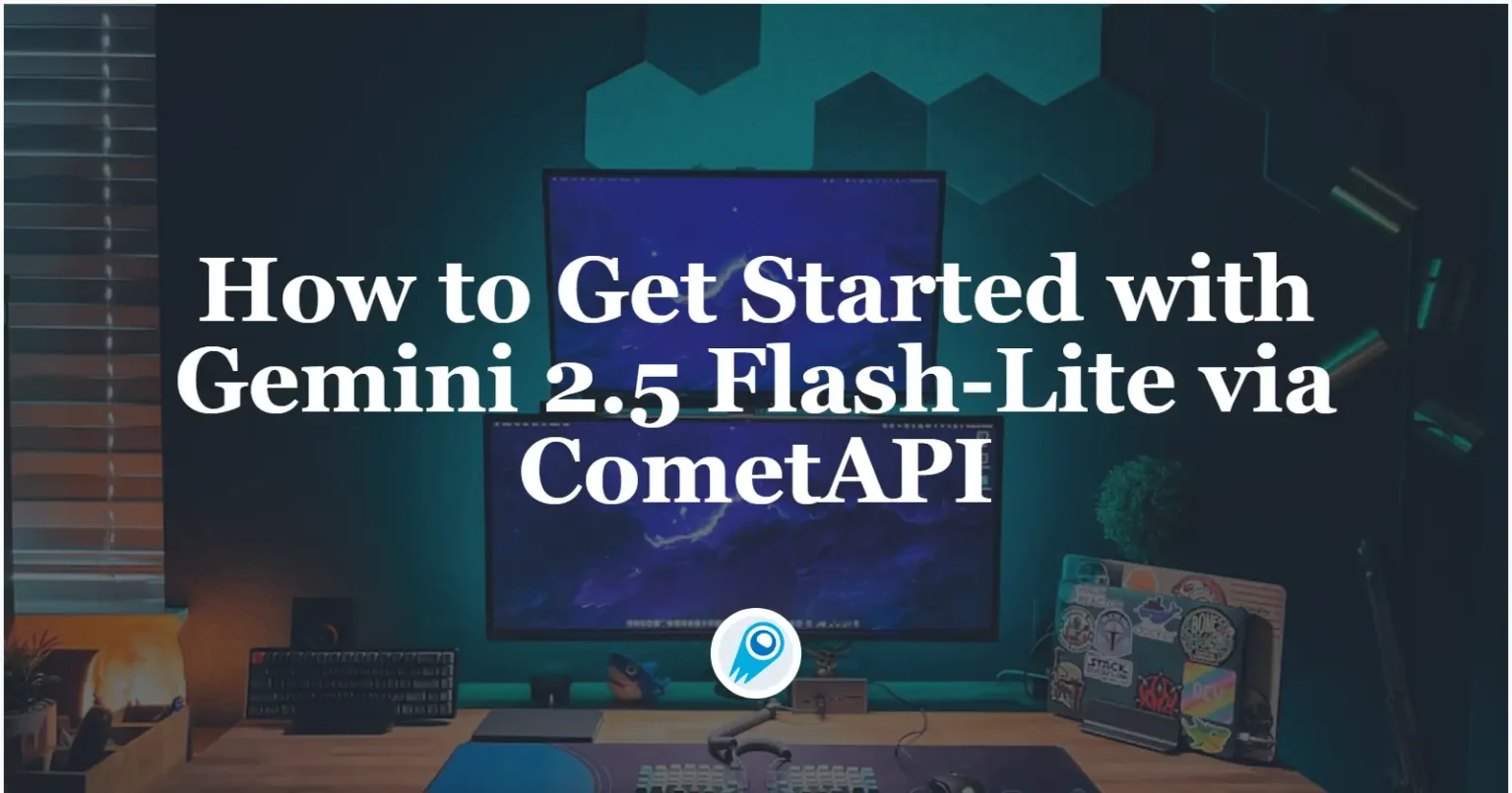





























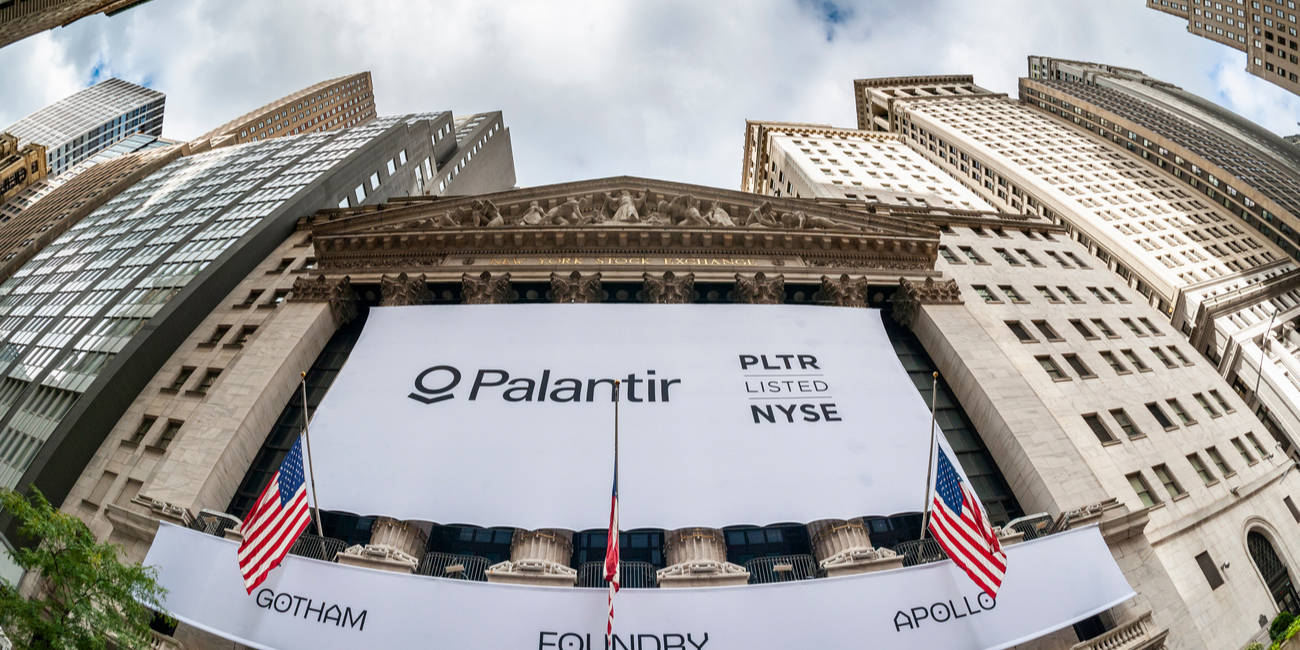









































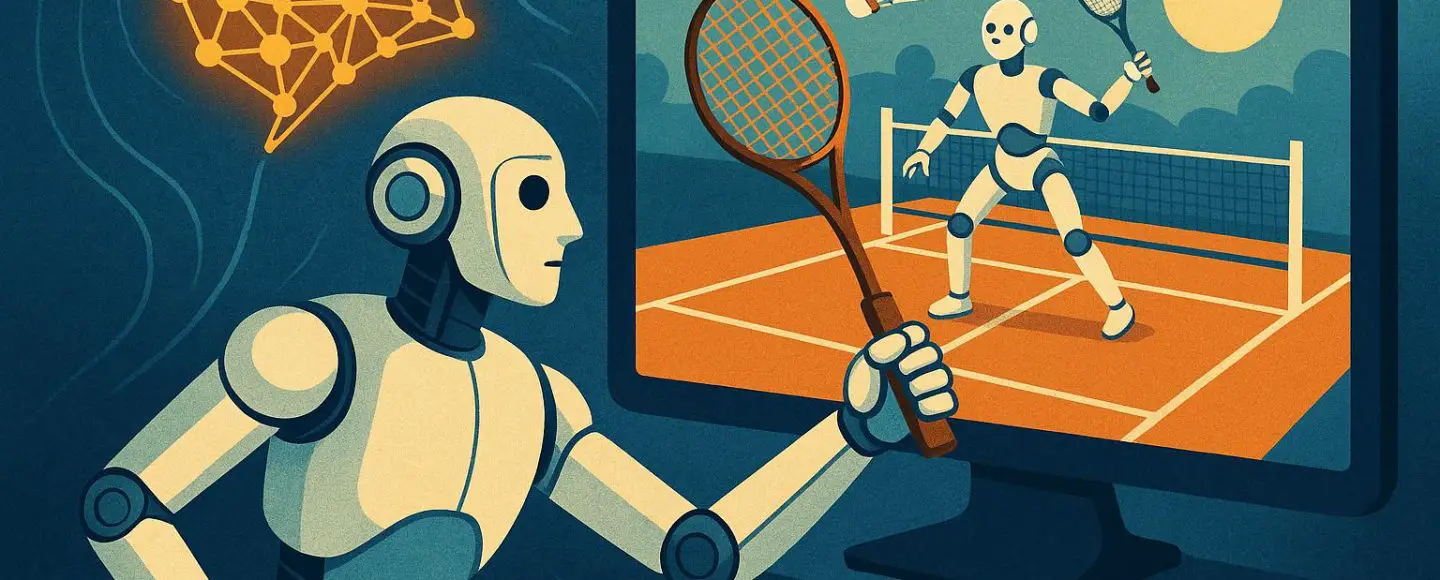
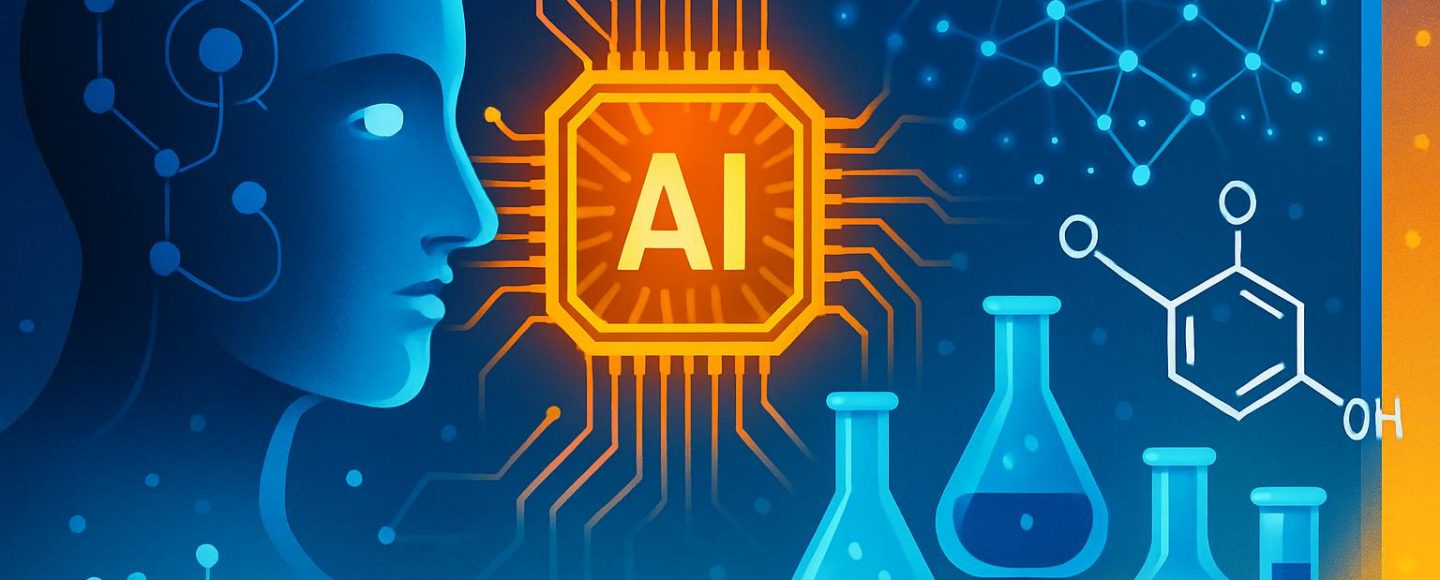
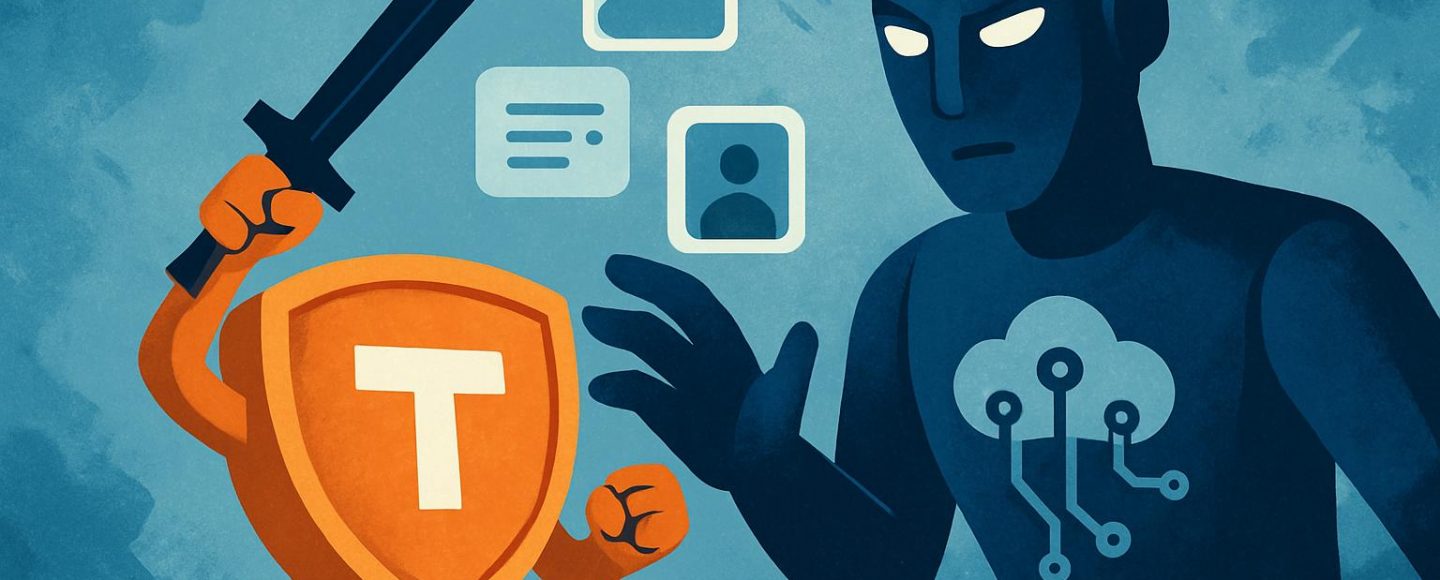




















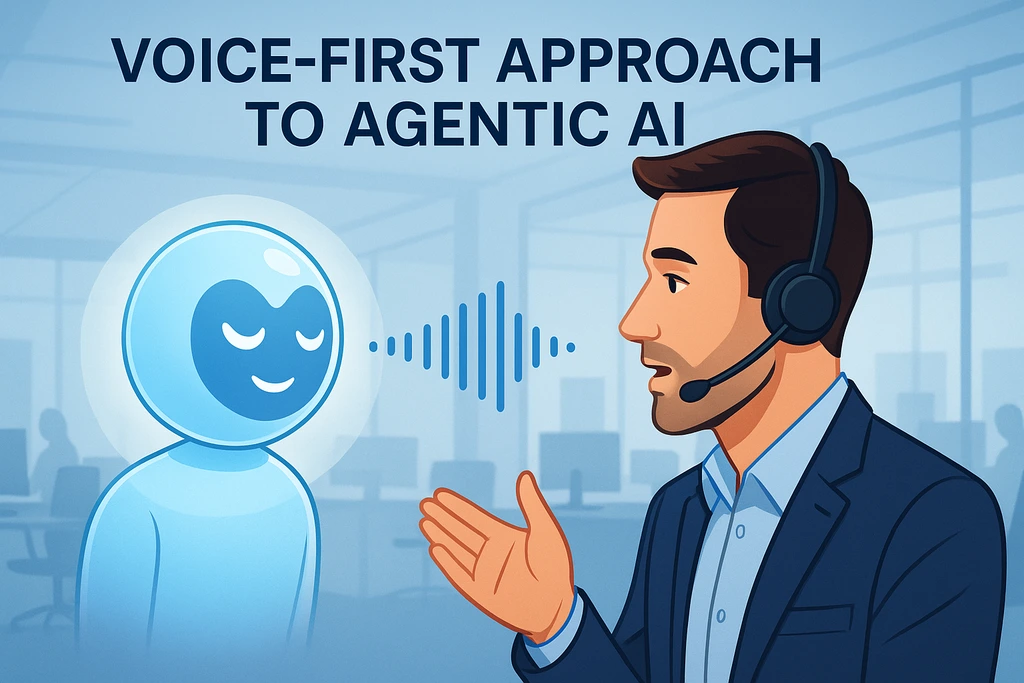




















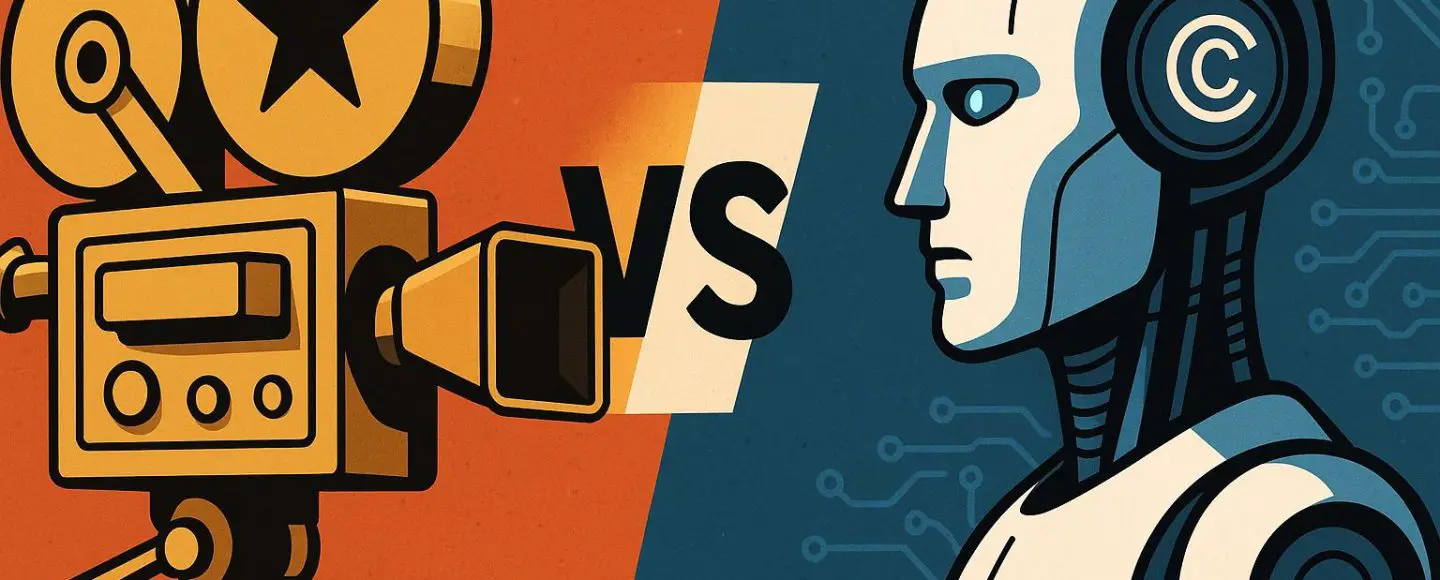






































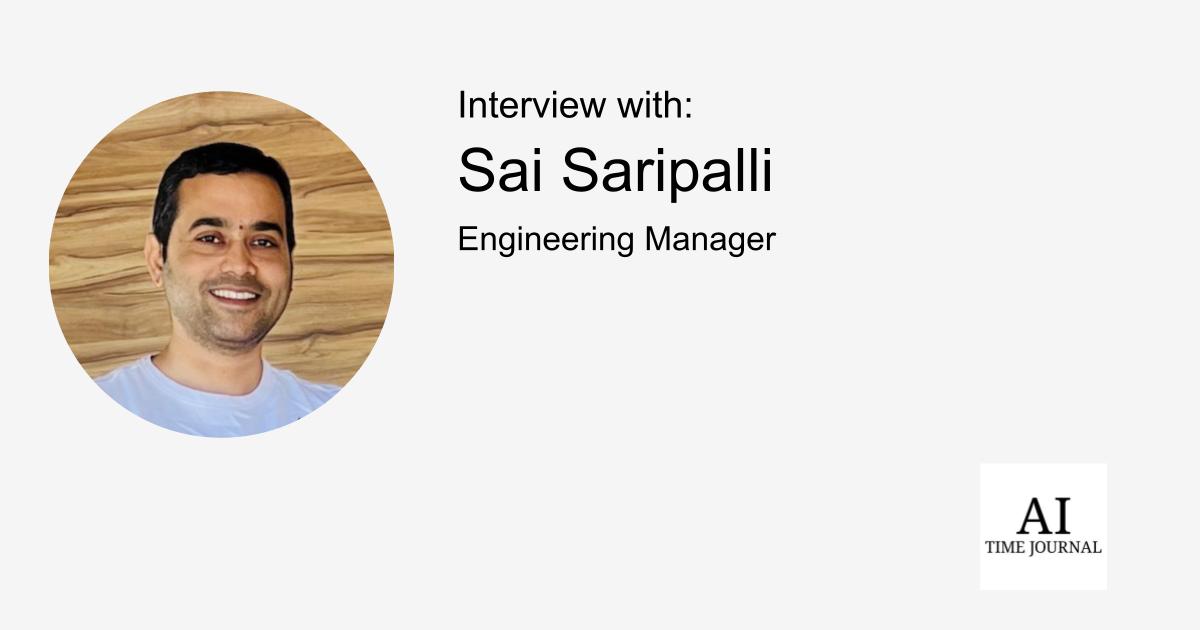
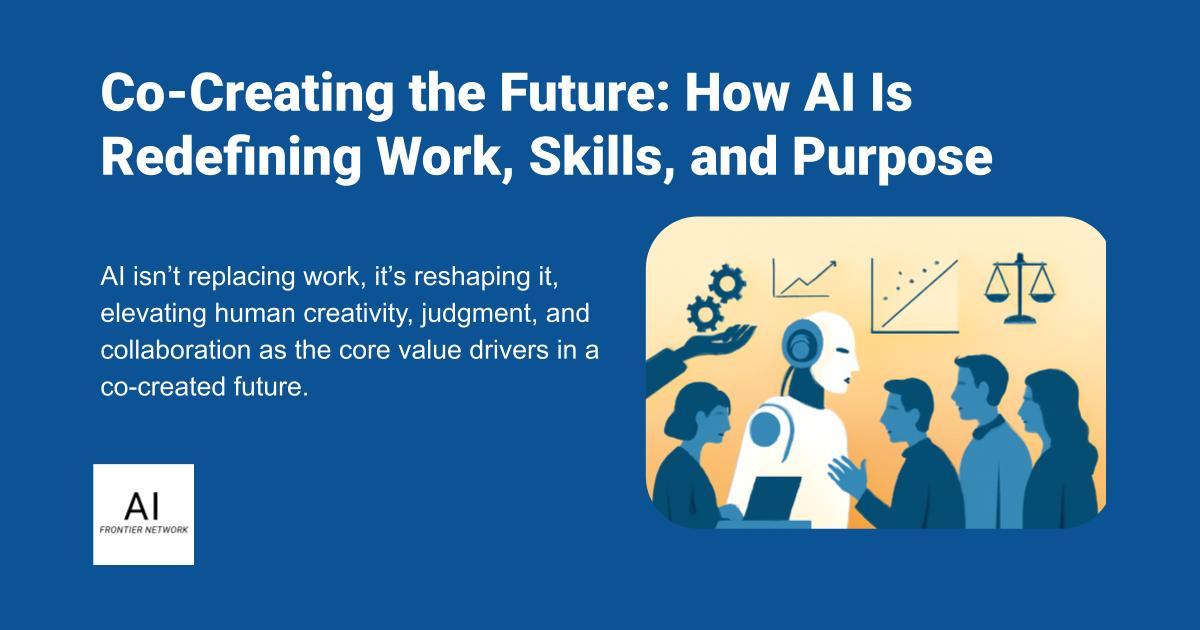












![[The AI Show Episode 156]: AI Answers - Data Privacy, AI Roadmaps, Regulated Industries, Selling AI to the C-Suite & Change Management](https://www.marketingaiinstitute.com/hubfs/ep%20156%20cover.png)
![[The AI Show Episode 155]: The New Jobs AI Will Create, Amazon CEO: AI Will Cut Jobs, Your Brain on ChatGPT, Possible OpenAI-Microsoft Breakup & Veo 3 IP Issues](https://www.marketingaiinstitute.com/hubfs/ep%20155%20cover.png)





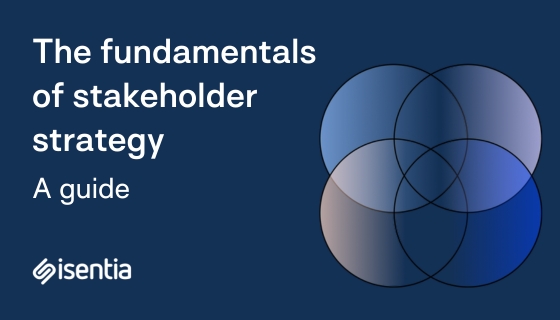






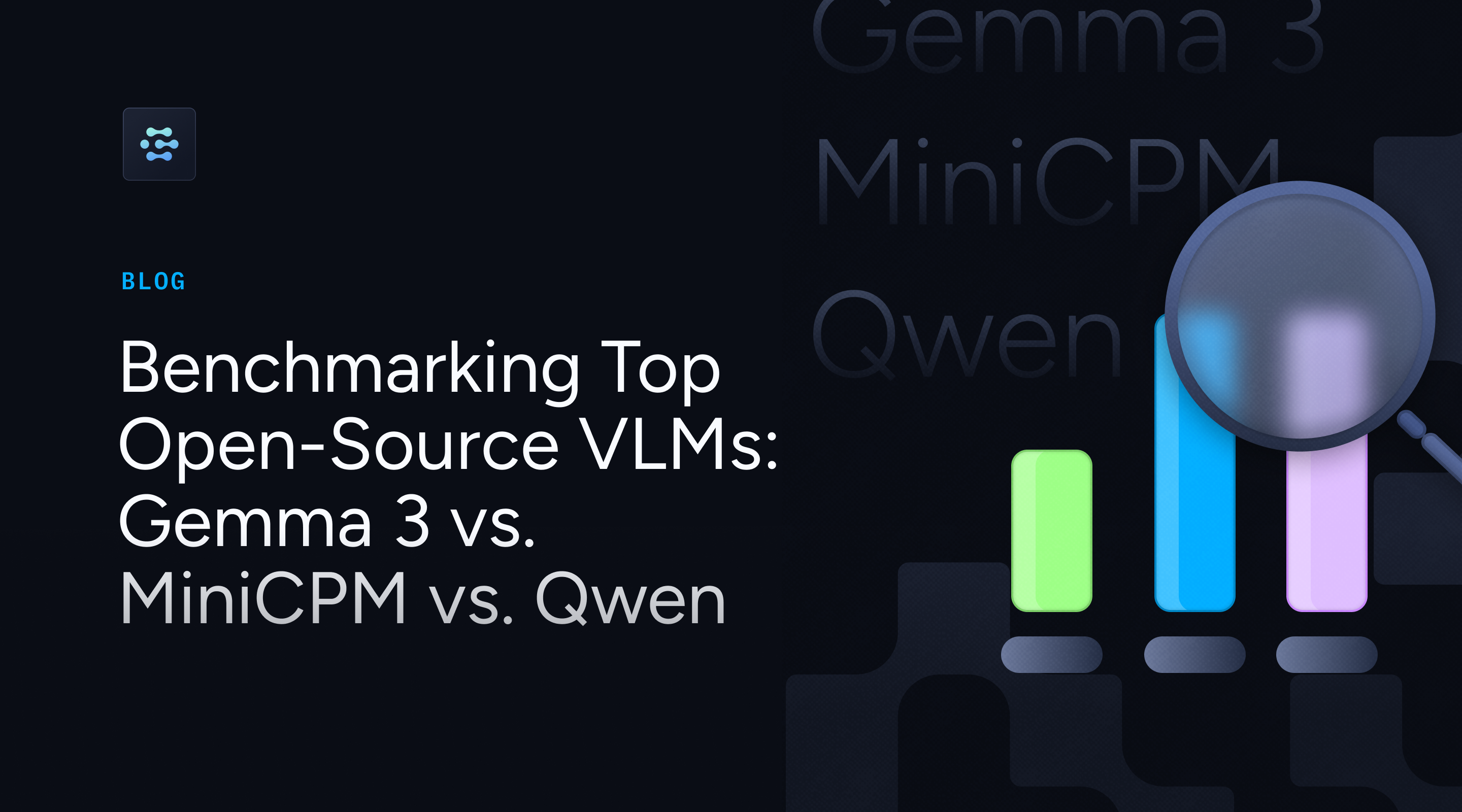



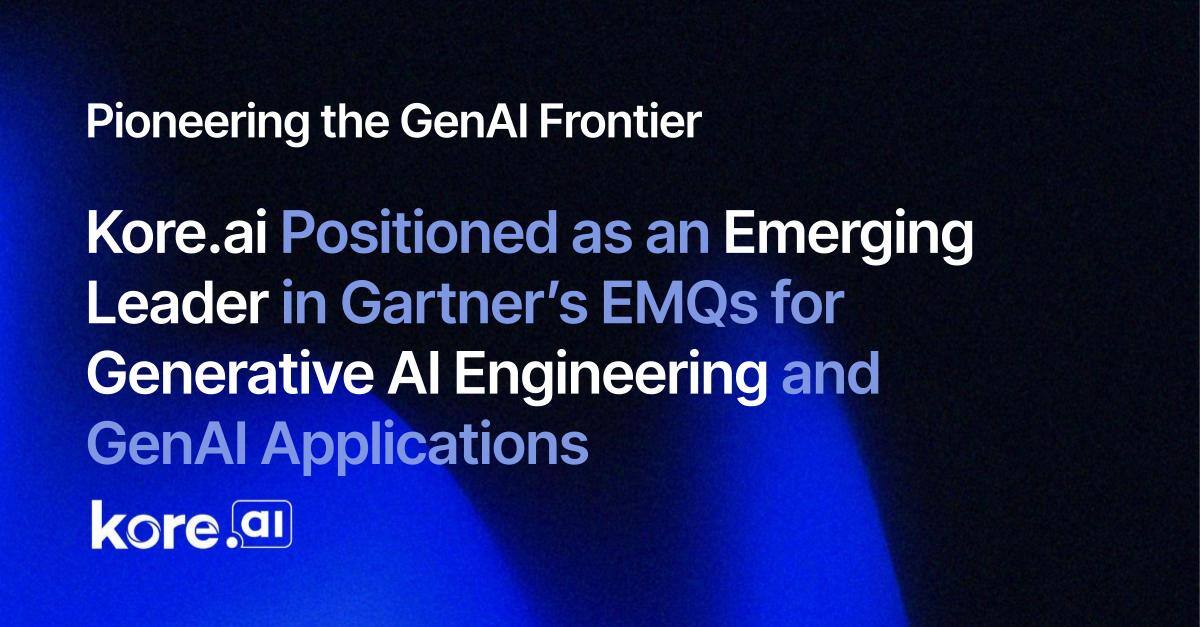






















































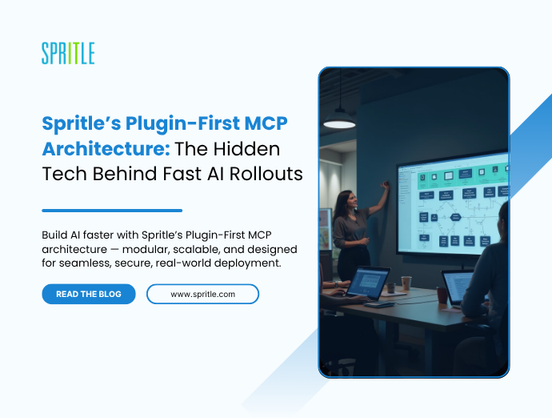
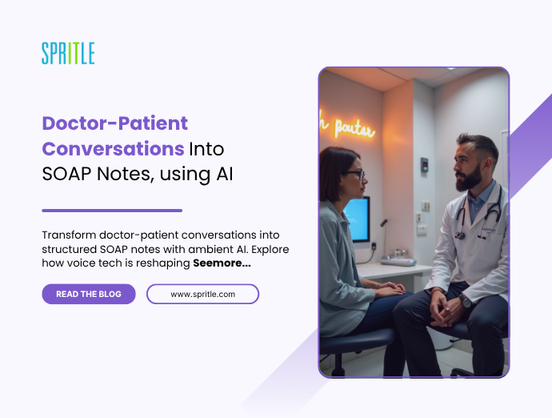





























































































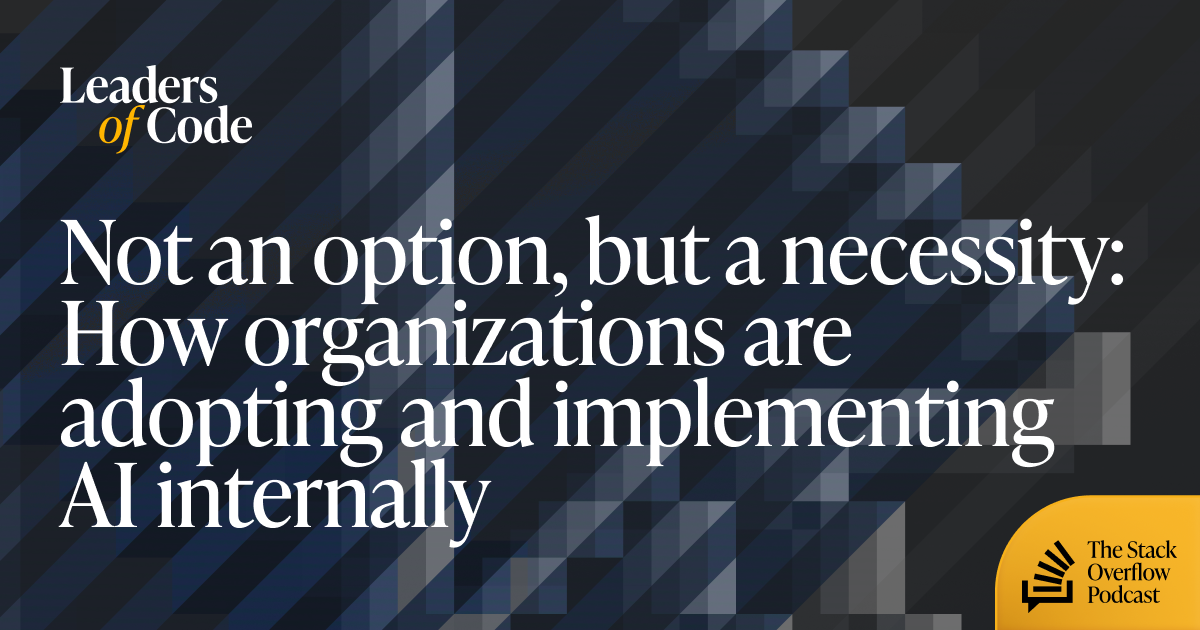









































































.jpg?width=1920&height=1920&fit=bounds&quality=70&format=jpg&auto=webp#)
























_Michael_Burrell_Alamy.jpg?width=1280&auto=webp&quality=80&disable=upscale#)


















